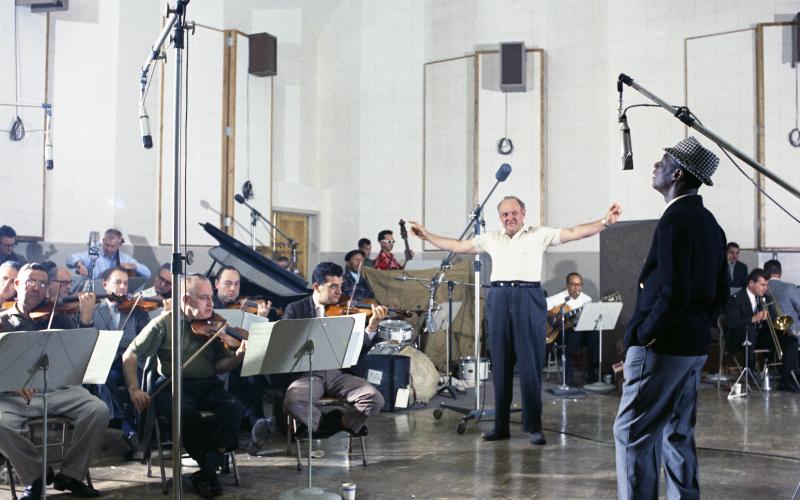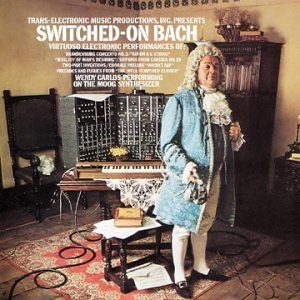If you are involved in the latest thing in IT development, you have probably heard the term “technical debt” – otherwise known as decisions made in the past to make things “easy” that have snowballed into something needing attention, now. In Ops, that is shown in budgets that are consumed with “maintenance” and expenses that were “fixed” and growing each year. We were often blocked in with vendors who “required” us to upgrade to “new” versions or lose support… and users who wanted “new functionality”. A place that was lose/lose for us..until we engaged all the users in one room – the War Room…
… It was sheer genius to have the VP’s from the business negotiate with each other – in the same room at the same time. We Prepared an allocation for what could be spent for that section of the business, and the fixed expenses that needed to be covered. We put it all in front of the VPs and then we sat back. Between the IT Development teams and the Business, they had to fight out what needed to be done, and we simply then sorted that into Preparing our plans for the upcoming year. It was a time of amazing calm, observing what used to be done in back rooms now brought into the light.
Songwriters and song singers were separate – well into the late 60’s. The idea that you could actually do both, well, was thought to be crazy. As such, songwriters would work hard to pitch ideas for songs to artists that could get their songs into the top spots on the charts. By the late 50’s, Nat had his choice of songs to record given a long string of hits. There was competition for the right orchestras and studios, and that meant that the labels also had immense power. Nat benefited from this as he could get songs onto multiple charts (race, Jazz, Pop).
He would spend time thinking about how to best play his cards. I wanted to continue with Nat this week as there are so many great songs I haven’t played yet, including this one that I think is one of the best versions of this song. It was an old 1927 Hoagy Charmichael tune, originally recorded at the home of race/jazz recording, Gennett Records in Richmond, Indiana. Gordon Jenkins Prepared amazing charts for the orchestra, and then engaged Nat’s beautiful voice to layer the theme on top of counter melodies that are simply magical from the first notes in a minor key, and then resolving into gorgeous harmonies.
The concept of having to collaborate and cooperate to get things accomplished should be second nature to executive leaders… and sadly, that was rarely the case. As there are less roles, managers “compete” to get the next level up… repeat, repeat. Because Fannie was mostly a duopoly/monopoly, these VP’s spent more time and energy competing with each other and keeping score than actually getting into the market place – something I saw in the death spiral at IBM.
Here, we simply named it what it was – A War Room… and paradoxically,, there was meaningful progress on getting a focus on reducing the “debt” that had been built up in Ops for so many years. Like Jenkins orchestra, the Preparation allowed us all to play our “parts” and the resulting discussions brought out harmonies we would have missed – upgrades we could cancel, tools we could remove, even combining efforts across business unis… allowed us to change the “score”…
Actually, this was the cause of the old guard being shown the door. They allowed the warfare to consume – each other, and thus created the crisis we had all been sent in to “fix”. We found a way to Prepare differently, knowing that using the same playbook would probably produce the same result. As we head into the end of this year, many groups are rethinking how they want to engage to get a different result.
Even the ways we are working have been thrown up in the air – what other areas need to be reassessed before you re-engage? Many teams were going through the motions that were leading to poor results BEFORE this current crisis. I would like to consider how to use these last few weeks of Preparation to rethink how we actually will work going forward. Will you be thoughtful, and using a more clever model of engagement, or will you be hoping for … Stardust?




